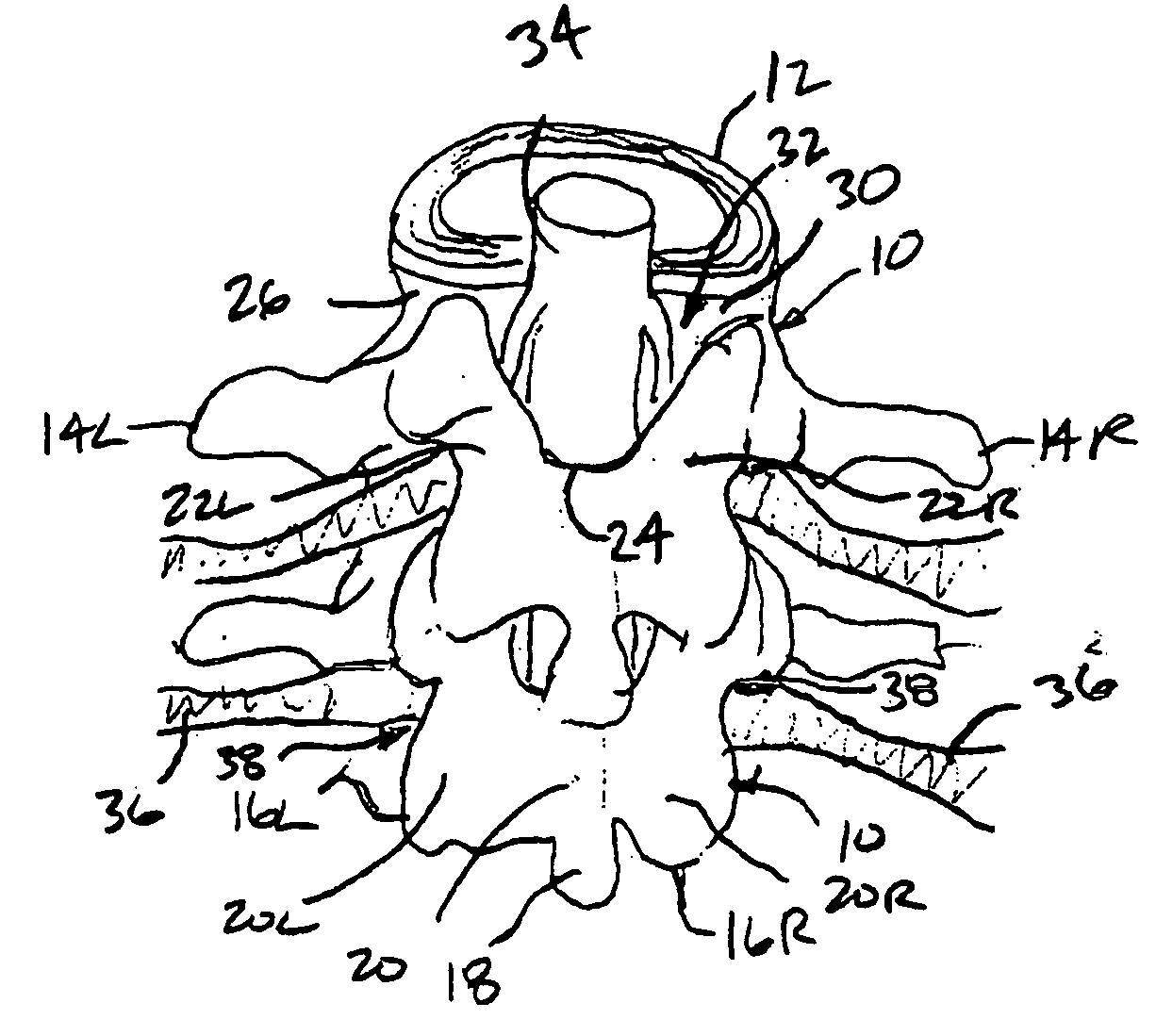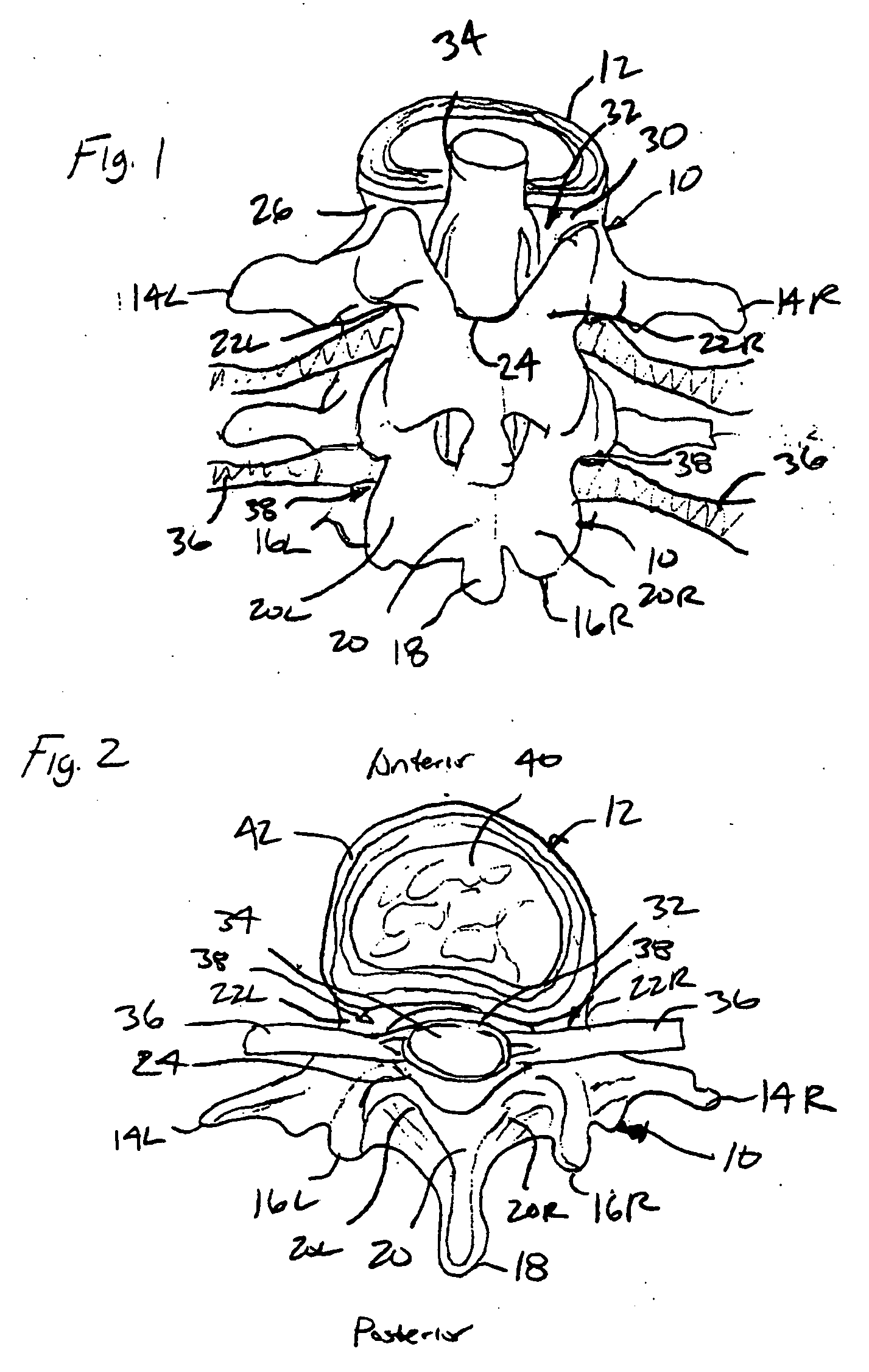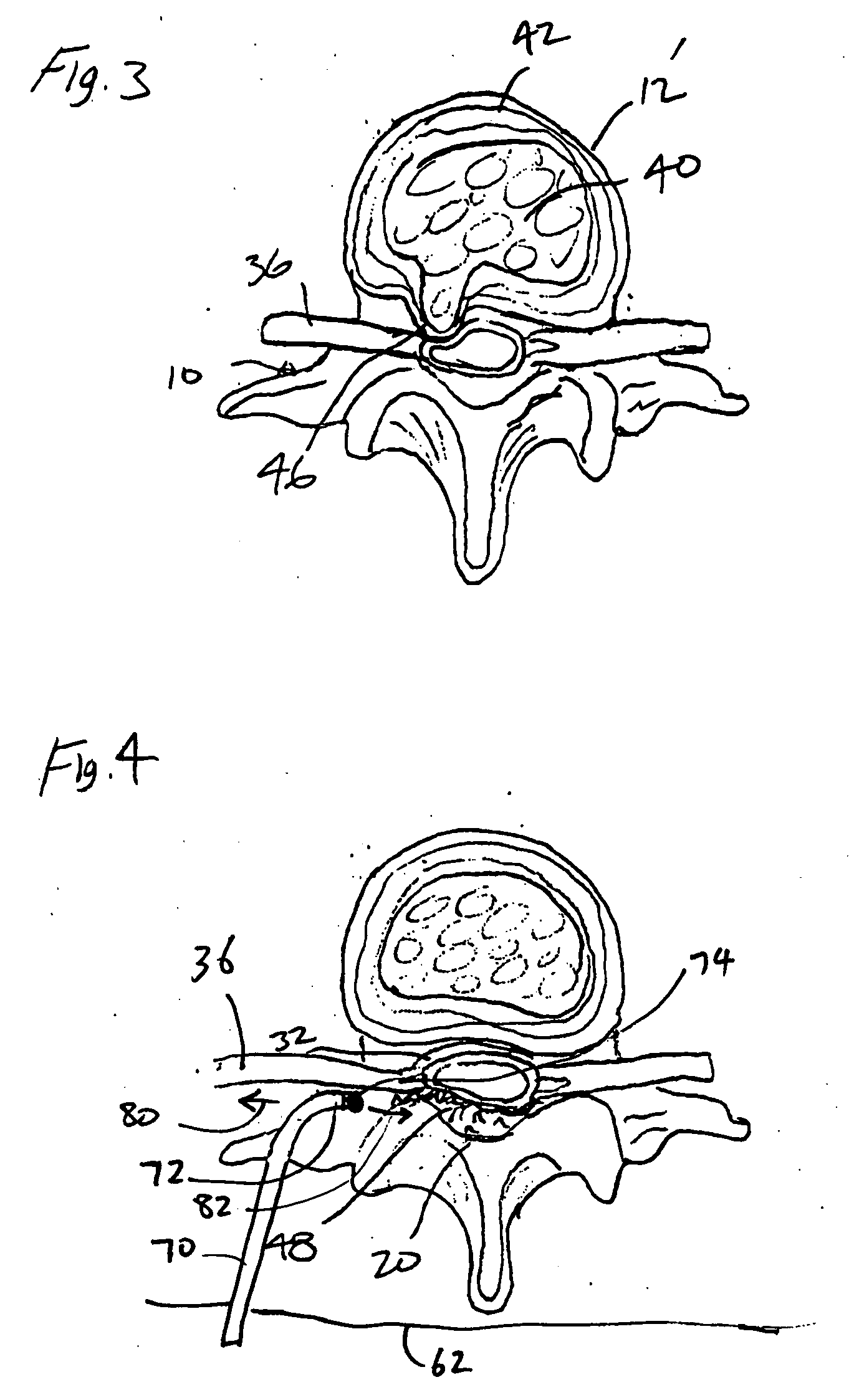Slidable sheaths for tissue removal devices
- Summary
- Abstract
- Description
- Claims
- Application Information
AI Technical Summary
Benefits of technology
Problems solved by technology
Method used
Image
Examples
Embodiment Construction
[0032]FIGS. 5A and 5B illustrate a tissue removal device 100 constructed in accordance with a preferred embodiment of the invention. The device 100 includes a tissue removal probe 101 and a sheath 120 placed circumferentially around the probe 101. The sheath 120 is configured to be placed between tissue to be protected and the probe 101 to prevent the probe 101 from rubbing and abrading the tissue during use, thereby protecting the tissue from the probe 101.
[0033] The tissue removal probe 101 includes a tube (a tubular member) 102, a tissue removal element 116, and a drive shaft 110. The tube 102 has a proximal end 104, a distal end 106, and a lumen 108 extending between the proximal and the distal ends 104, 106. The tube 102 also has an opening (cutting window) 118 through a wall of the tube 102 at the distal end 106. In the illustrated embodiment, the tube 102 has a relaxed configuration that is substantially rectilinear. Alternatively, a portion (e.g., the distal end 106) of the...
PUM
 Login to View More
Login to View More Abstract
Description
Claims
Application Information
 Login to View More
Login to View More - R&D
- Intellectual Property
- Life Sciences
- Materials
- Tech Scout
- Unparalleled Data Quality
- Higher Quality Content
- 60% Fewer Hallucinations
Browse by: Latest US Patents, China's latest patents, Technical Efficacy Thesaurus, Application Domain, Technology Topic, Popular Technical Reports.
© 2025 PatSnap. All rights reserved.Legal|Privacy policy|Modern Slavery Act Transparency Statement|Sitemap|About US| Contact US: help@patsnap.com



